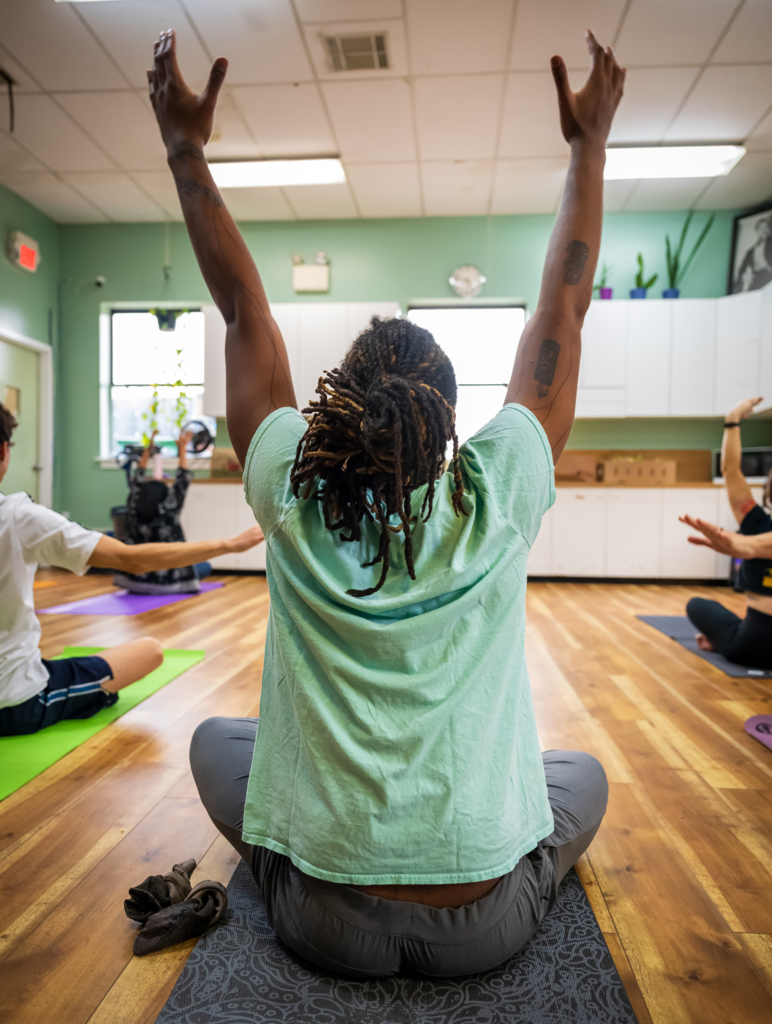Tighter air pollution limits announced by the EPA on February 7 should have Philadelphians breathing easier. The new rule sets the limit, averaged over a year, of nine micrograms of tiny soot particles per cubic meter of air. “This final air quality standard will save lives and make all people healthier, especially within America’s most
MoreLike a human starting to experience Alzheimer’s disease, a deer in the early stages of chronic wasting disease doesn’t look all that sick. You’d have to spend some time with it to notice anything amiss. But in both illnesses, once it starts, there is no stopping the degeneration of the brain tissue and further outward
MoreEveryone loves Green City, Clean Waters — at least in theory. Twelve years ago the Philadelphia Water Department (PWD) rolled out the ambitious, 25-year plan meant to deal with our combined stormwater-sewer system. When it rains, stormwater that flows off of roofs and pavement tends to overwhelm the system, sending raw sewage into our rivers
MoreSix-year-old West Philly native Idris McClellan looks very much at home running through Awbury Arboretum on a recent fall day, but he’s actually there on doctor’s orders. McClellan is part of Prescribe Outside, a collaborative program of Children’s Hospital of Philadelphia (CHOP), Awbury, Let’s Go Outdoors and the U.S. Forest Service to encourage outdoor time
MoreThe nine students sitting before their teacher, Andre Coles, differ in age, physical abilities, gender and race, but they come together to grow and build community through the Roots2Rise yoga program. With soft music playing in the background, program director Coles welcomes all. “Sometimes the world seems very unstable,” Coles says in a gentle tone
MoreIn the early 1700s, botanist John Bartram surveyed his farmland abutting the banks of the Schuylkill River in what is now Southwest Philadelphia and had an idea: build a garden for his beloved plants. Approaching its 300th anniversary, the modern Bartram’s Garden is a National Historic Site and a gem of Philadelphia’s park system. But
MoreThe phone woke Jacqui Johnson, founder and clinical director of Sankofa Healing Studio, from a sound sleep. On the other end of the line, Tinika Hogan, recently released from prison, teetered on the brink of disaster. She was about to do something that would have gotten her kicked out of a halfway house, which could
MoreOn a brilliant October morning in FDR Park, a small group coalesces around a striking figure. Sporting a cap of tight platinum curls, “The Thursday Murder Club” earrings and floral overalls that would provide perfect camouflage in a perennial garden at high season, Lady Danni Morinich welcomes aspiring foragers to her two-hour exploration of wild
MoreMs. Yalanda Lewis lives in Southwest Philly with her three children — two boys and a 6-year-old girl, the youngest. “My amazing daughter wanted to test me and see if I could handle a child with asthma,” she jokes. “Every month, we were in the emergency room for allergic reactions, asthma attacks and more.” Amid
MoreDuring her first class at the local Women Against Abuse shelter where she lived, the little girl stood distant and silent while The Clay Studio teaching artist Nitza Walesca Rosario made a pot. After a few weeks, however, the moist clay and the shapes it took wrought wonders in the child. “Working with clay is
More









